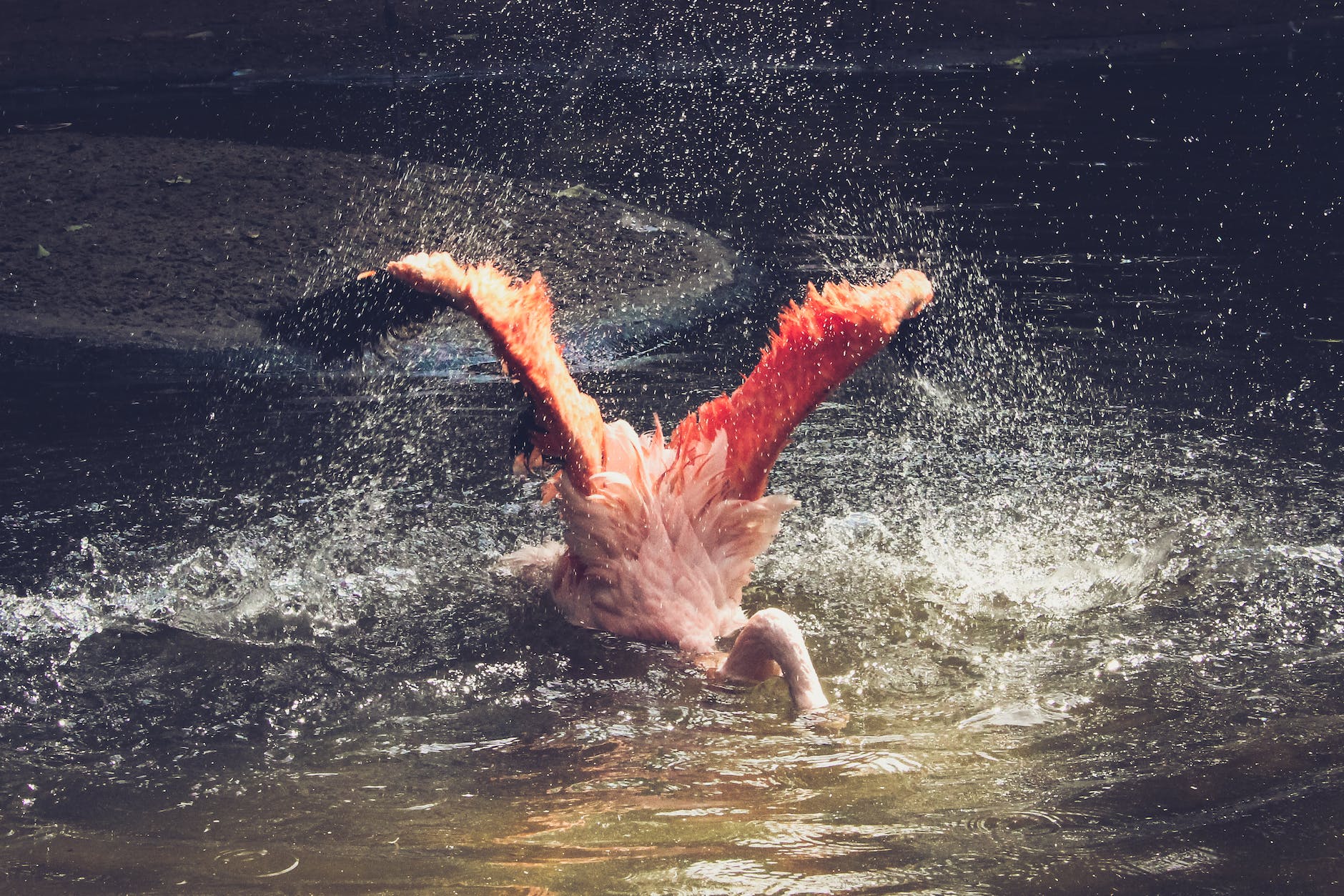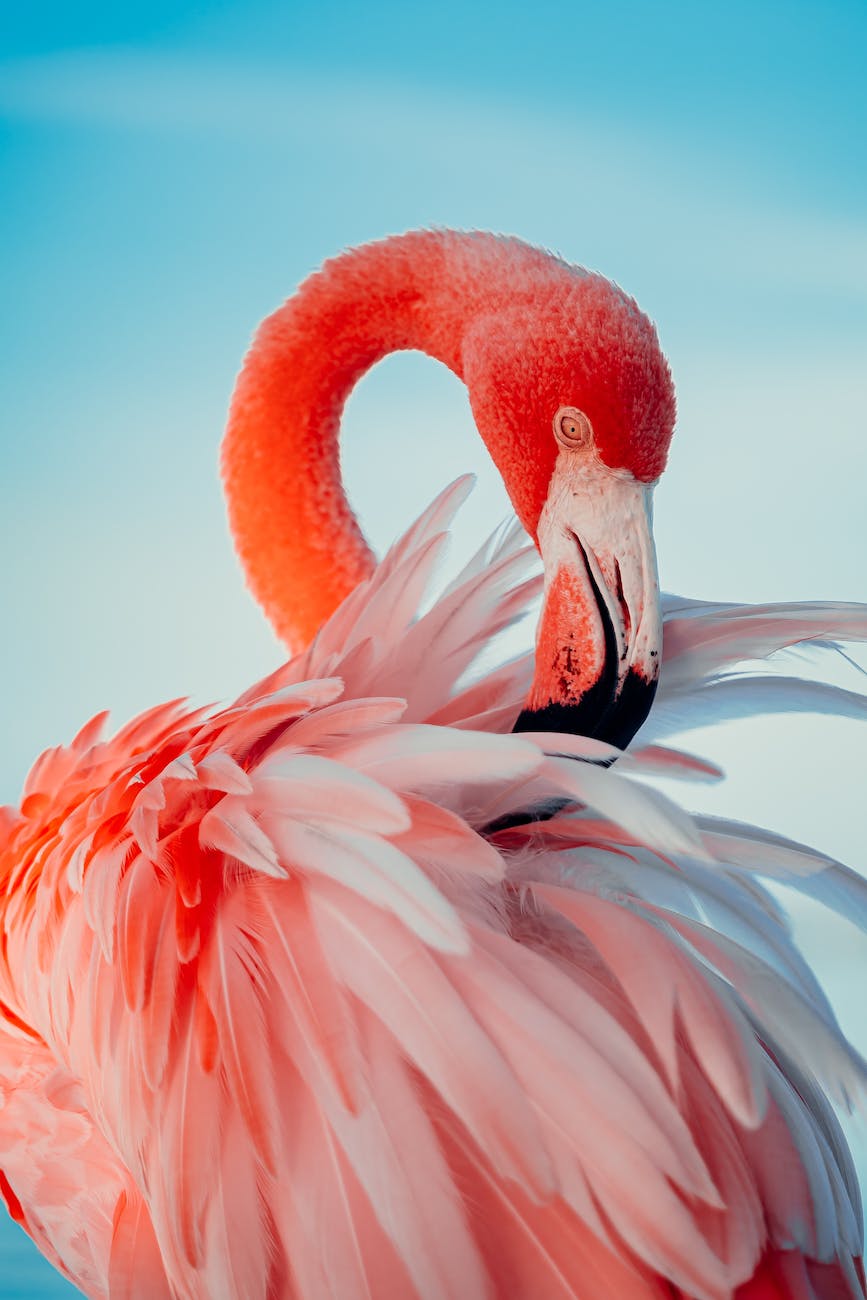Why Flamingos are Pink?
Flamingos are one of the most recognizable and beloved birds in the animal kingdom. Their vibrant pink color and graceful movements make them a favorite of many. But have you ever wondered why flamingos are pink? Is it just a matter of genetics or is there a deeper reason behind their unique color?
In this article, we will explore the surprising reason behind the pink color of flamingos and delve into the science behind it. We will also address some of the common myths surrounding the pink coloration of these majestic birds.
Table of Contents
Why Flamingos Pink?
At first glance, it may seem that flamingos are simply born pink. However, the truth is that their coloration is actually the result of what they eat.

1. The Role of Diet:
Flamingos are filter feeders, which means that they feed by straining tiny organisms from the water. These organisms are rich in pigments called carotenoids, which are responsible for the pink and orange colors seen in many animals, including salmon and lobsters.

2. Types of Carotenoids:
Flamingos consume a specific type of carotenoid called astaxanthin, which is found in high concentrations in the algae and crustaceans they feed on. Astaxanthin is a particularly powerful pigment, and it is responsible for the vibrant pink coloration of flamingos.
3. Melanin Production:
Another reason why flamingos are pink is because they produce less melanin than other birds. Melanin is a pigment that is responsible for the coloration of hair, skin, and feathers. Birds that produce more melanin tend to have darker feathers, while birds that produce less melanin tend to have lighter feathers.

4. The Role of Sunlight:
Interestingly, the amount of sunlight that flamingos are exposed to can also affect the intensity of their pink coloration. When flamingos are exposed to more sunlight, their coloration can become more intense.
Why Flamingos are Pink?
Common Myths about Flamingos’ Pink Coloration:
1. Pink Feathers:

Contrary to popular belief, flamingos do not have pink feathers. Rather, their feathers are actually white or light gray. The pink coloration comes from the pigments in the food they eat.
2. Flamingos Turn Pink Overnight:
Flamingos do not turn pink overnight. It can take up to two years for flamingos to develop their distinctive pink coloration.
3. Pink Color Indicates Good Health:
While pink coloration is a sign of a healthy flamingo, it is not always an indicator of good health. In some cases, flamingos may be pink due to an illness or poor diet.
FAQs:

Q: Why Flamingos Pink?

Flamingos get their signature pink color from something called carotenoids found in the shrimp and krill they eat. These provide the birds with a protein pigment which absorbs different tones of light to create a range of colors.
Q: Do all flamingos turn pink?
A: Yes, all flamingos eventually develop pink coloration, although the process can take up to two years.
Q: Can flamingos change color?
A: Flamingos can change the intensity of their coloration based on the amount of sunlight they are exposed to.
Q: Are pink flamingos more valuable than other colors?
A: No, the color of a flamingo does not affect its value.
Conclusion
The pink coloration of flamingos is a result of what they eat, specifically the carotenoids found in the algae and crustaceans they consume. The powerful pigment astaxanthin is responsible for the distinctive pink coloration of these majestic birds. While pink coloration is a sign of a healthy flamingo, it is not always an indicator of good health, and flamingos can change the intensity of their coloration based on the amount of sunlight they are exposed to.
Understanding the reason behind the pink coloration of flamingos not only sheds light on their unique appearance, but it also highlights the intricate relationship between animals and their environment. The coloration of animals is often a result of complex interactions between genetics, diet, and environmental factors.
In the case of flamingos, their pink coloration is not just a beautiful characteristic but it also serves a practical purpose. The bright pink coloration helps flamingos to attract mates and stand out in their environment. It is also a way for them to communicate with one another, as different shades of pink can indicate age, sex, and breeding readiness.
In conclusion, the pink coloration of flamingos is a result of their diet and the carotenoids they consume. It is an example of the fascinating ways in which animals adapt and thrive in their environments. While the pink coloration of flamingos may seem like a simple matter of aesthetics, it is actually a testament to the complexity of the natural world and the intricate connections between animals and their surroundings.
If you want to explore other interesting questions on our site, then don’t forget to bookmark and visit the sitemap.


